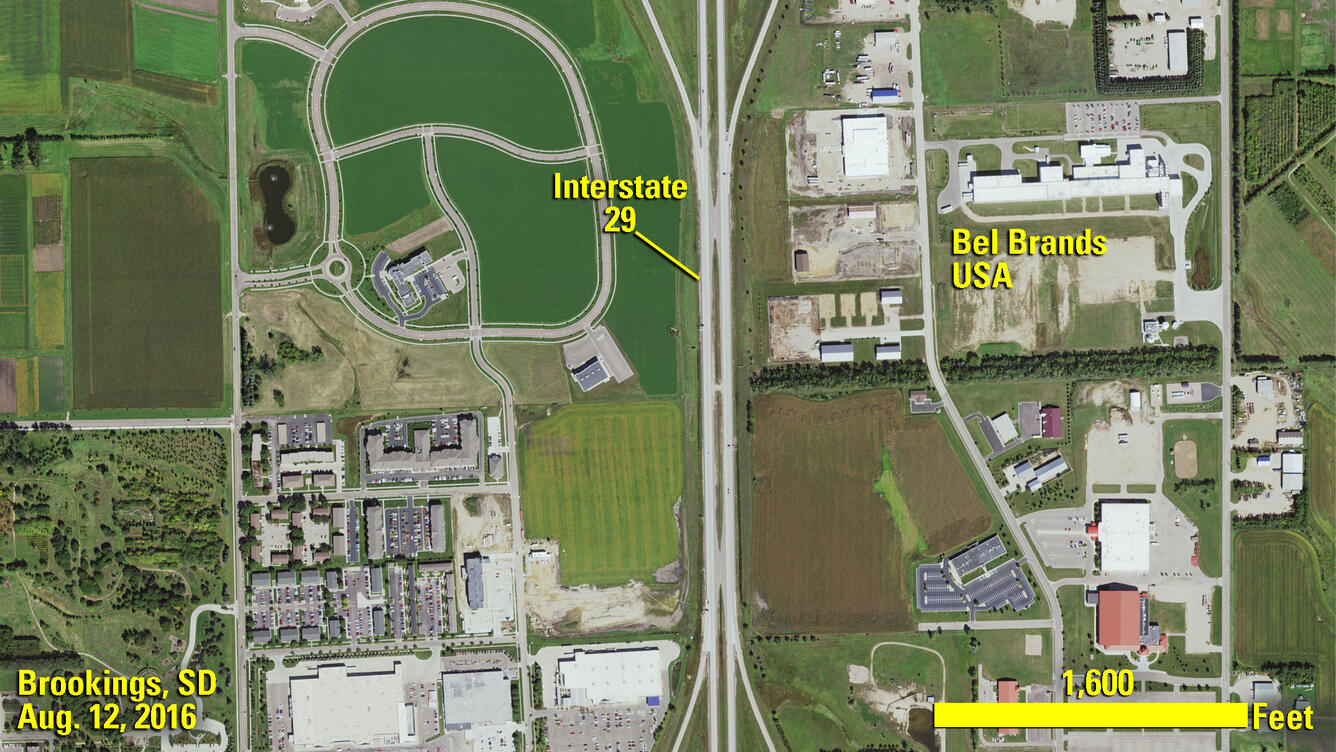Agriculture’s Changing Footprint
The U.S. Department of Agriculture (USDA) releases a Census of Agriculture every five years, marking changes to variables such as farm size, crop type, livestock and production patterns across the United States on a county-by-county level.





